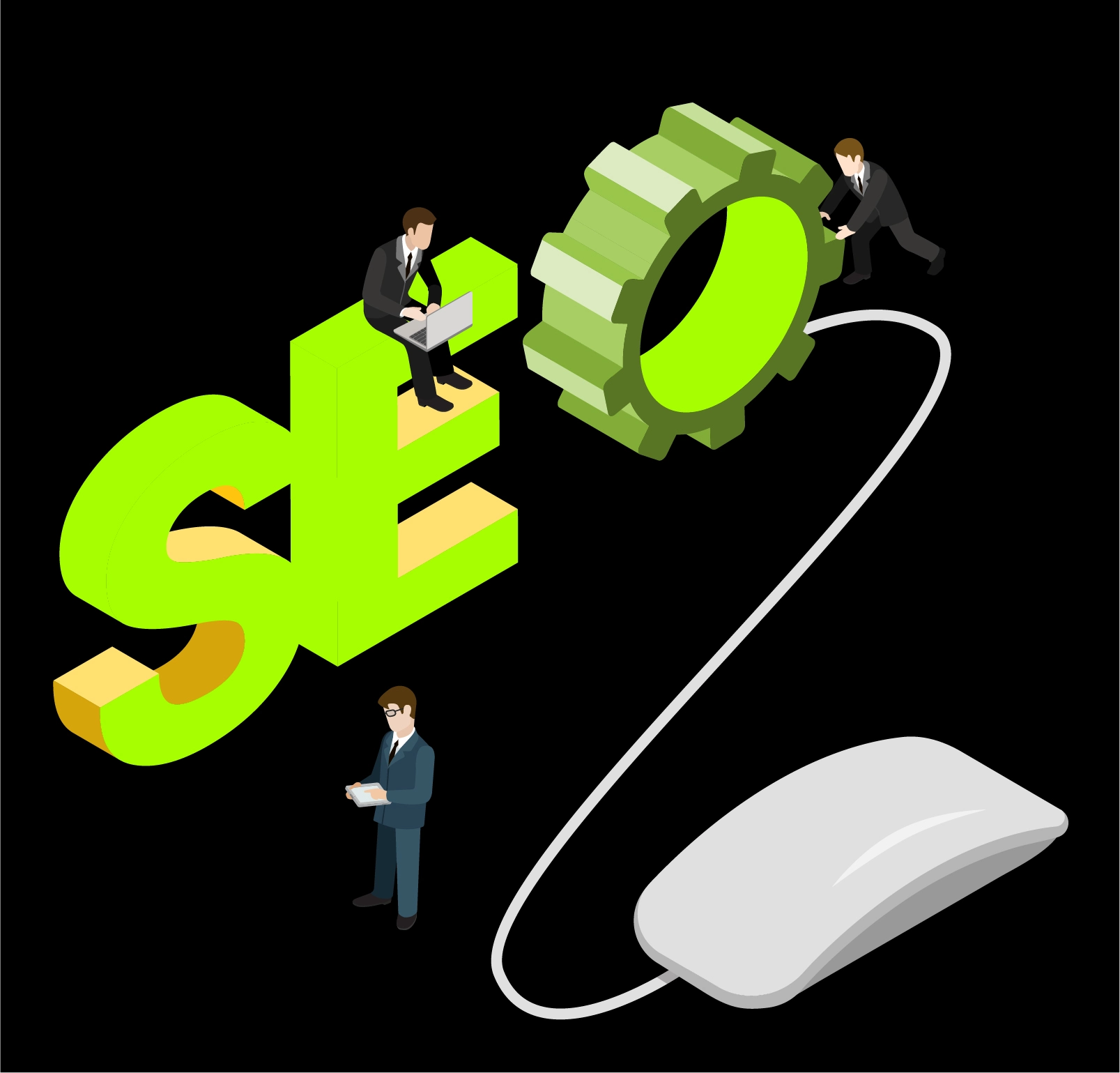An In-Depth Guide to Building Connections and Boosting Business
In today’s interconnected world, the term “social selling” is making waves across industries, leading to significant shifts in sales strategies. But what exactly is social selling? How does it work, and why does it matter? This comprehensive guide will dive into the essence of social selling and how businesses and individuals can harness its potential to foster relationships and drive growth.
Introduction: Welcome to the World of Social Selling
Imagine a world where sales happen not just in boardrooms but through meaningful online interactions. Welcome to the era of social selling. This approach leverages social media platforms to identify, connect with, and nurture sales prospects. It’s about engaging with customers by providing value, building trust, and ultimately turning contacts into contracts. In this article, we will explore the intricacies of social selling, its benefits, and practical strategies to implement in your business.
Understanding the Core of Social Selling
At its heart, social selling focuses on using social networks to cultivate relationships as part of the sales process. It goes beyond traditional sales tactics, emphasizing a more personalized and engaging approach.
The Shift from Traditional to Social
Traditional sales often rely on cold calls and impersonal approaches. In contrast, social selling thrives on:
- Builds relationships through genuine interactions
- Shares relevant content that adds value to potential customers
- Responds to inquiries and engages in conversations
- Establishes the salesperson as an industry thought leader
This shift reflects a broader change in consumer behavior, where buyers prefer more humanized and informative interactions over sales pitches.
Platforms Taking the Lead
Social selling utilizes various platforms, each offering unique opportunities:
- LinkedIn: A professional network ideal for B2B connections and showcasing expertise.
- Twitter: Provides real-time engagement and boosts brand visibility through hashtags and conversations.
- Facebook and Instagram: Useful for B2C interactions and sharing stories that connect on a personal level.
The Key Benefits of Social Selling
Why should businesses and salespeople adopt social selling? Here are some compelling reasons:
Building Authentic Relationships
Social selling is less about selling and more about forming genuine relationships. By engaging with prospects in a non-intrusive manner, salespeople can:
- Foster trust and credibility
- Better understand customer needs and preferences
- Create loyal customer bases
Increased Reach and Visibility
Social platforms have millions of users, presenting an unmatched opportunity for visibility. Through strategic social selling:
- Brands and individuals can reach broader audiences.
- Posts and content can go viral, boosting brand recognition.
- Cross-platform activities can enhance overall online presence.
Improved Lead Generation
By understanding and engaging with prospects on social media, salespeople can generate more qualified leads. Effective social selling strategies can lead to:
- A higher quality and quantity of potential leads
- Shortened sales cycles due to better rapport
- Increased conversion rates
How to Implement Social Selling Effectively
A successful social selling strategy requires a thoughtful approach and consistent effort. Here’s how you can make the most of it:
Crafting a Personal Brand
Your online persona should reflect who you are and what you stand for. Consider these steps:
- Curate a professional profile on platforms like LinkedIn.
- Share content and insights relevant to your industry.
- Be consistent in your messaging to establish your voice.
Leveraging Content
Content is king in the social selling space. Here’s how it can be utilized:
- Share articles, blog posts, or podcasts that provide value.
- Engage with content from industry peers to build relationships.
- Respond to comments and questions to maintain dialogue.
Engaging with Potential Leads
Direct engagement can make or break your social selling efforts:
- Send personalized messages to connect with prospects.
- Use listening tools to monitor conversations about your industry.
- Stay active by liking, commenting, and sharing content.
“Social selling isn’t about closing deals; it’s about opening relationships.” — An insightful reminder of the essence of this strategy.
Conclusion: Embrace the Social Selling Revolution
As the digital landscape expands, social selling offers a transformative approach to sales. By focusing on building relationships rather than pursuing one-time sales, businesses and individuals can cultivate lasting connections and achieve sustainable growth. It’s time to step into the world of social selling and turn online interactions into real-world results.
If you’re ready to enhance your sales strategy, why not take the plunge today and explore how social selling can work for you?
Link to our Youtube Ranking package









